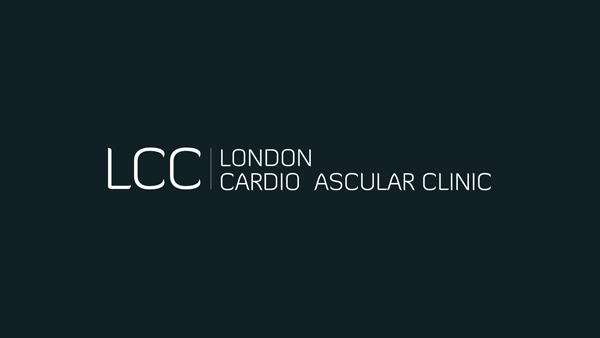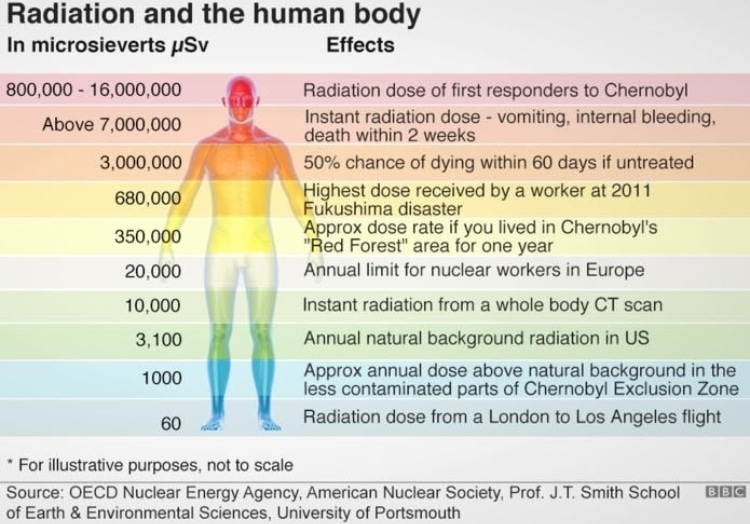When should I take the new agents in Diabetes?
The SGLT-2 Inhibitors have been around for a few years (Empagliflozin, Canagliflozin, Dapagliflozin).
The data on cardiovascular benefits are increasing, but as with all powerful drugs, they can’t be used in all patients.
They are useful in a type 2 Diabetic, with good renal function (eGFR>45 ml/min/kg), but evidence of cardiovascular disease, heart failure, and some albuminuria. Your cardiologist will need to carefully consider if it is worth while in your particular case. Caution is needed as they can cause low blood sugar, ketoacidosis (esp in Type 1 diabetics), dehydration, and genital infections.
How do they work? They block the reabsorption of sugar in the kidney- you pass more sugar and water out.




